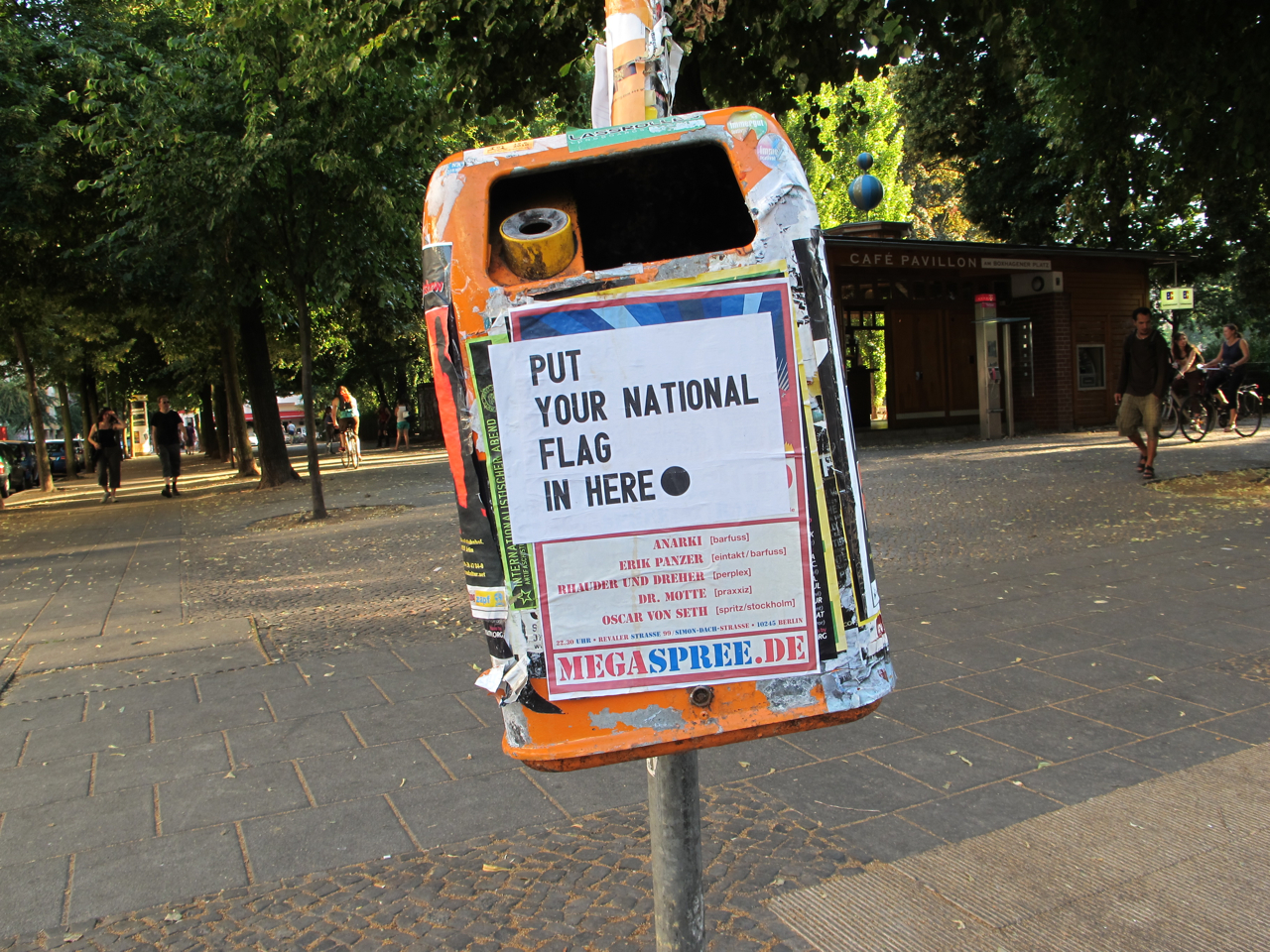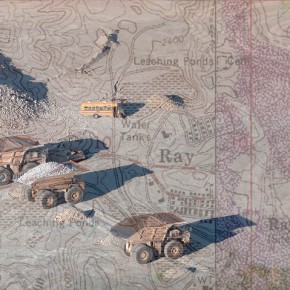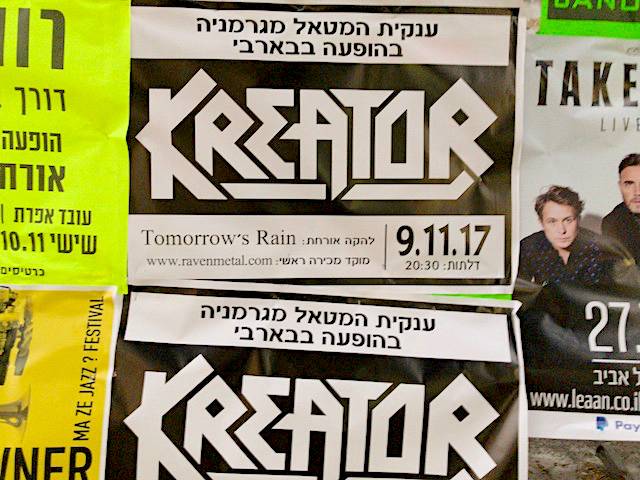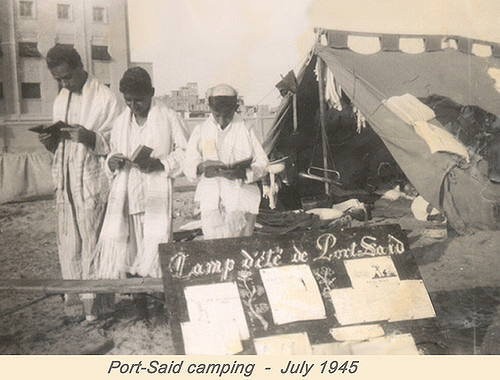Has any conflict in history had more ‘solutions’ than the Israeli-Palestinian conflict? From Tel Aviv, to Ramallah, to the ends of the earth – everyone has an opinion as to who should do what to bring peace to all or victory to some.
At the same time, despite the cacophony of voices, the range of ‘final status’ visions is rather limited. The essential issue is that two self-defined peoples claim sovereignty within one small patch of land. There are really only three kinds of solution to this kind of problem: 1) sovereignty of one people over all the land (with the other people being either second class citizens or being removed from the land); 2) splitting the land in two (or maybe more) and giving each people sovereignty in one or a number of parts; 3) sharing sovereignty over the land between both peoples.
These are ultimately simple visions, but the conflict is mired in complexity and ambiguity. This makes the Israeli-Palestinian conflict appear unreal and impenetrable. A virtually unlimited set of agendas, opinions,and actions are poured into a funnel with an outlet so narrow that nothing can emerge except confusion.
To continue the funnel metaphor, perhaps the best thing those of us who care about the conflict can do right now (and there are a lot of us) is not to add yet more ‘stuff’ to the enormously wide top-end, but to work towards broadening out the bottom end. Put simply, if we add new options to the narrow range of solutions, then maybe the narrow strictures that keep debate so circular and self-defeating can be widened to let thinking flow again.
Here’s my contribution: how about a fourth kind of solution to the Israeli-Palestinian conflict in which both peoples have sovereignty over all the land? That is, a solution in which there are two states for two peoples covering the same area. I don’t mean a parallel state solution in which Israelis and Palestinians would both have sovereignty over citizenship rights throughout the land, but not sovereignty over all the territory. I don’t mean a defacto two-state solution in which Israelis have notional but unrealised sovereignty over Hebron and Palestinians have notional but unrealised sovereignty over Tel Aviv. And no, I don’t mean a defacto one-state solution either, in which both peoples live together under the figleaf of notionally separate states.
What I mean is this: two states, sharing the same land within which each people will be completely separated from and even invisible to each other.
Perhaps some readers are already ahead of me and are realising that someone has already worked out what this vision would look like. That someone is the British author China Miéville in his extraordinary 2009 novel The City and the City.
Miéville’s fantasy/detective novel is set within the European city-states of Besźel and Ul Quoma. Both cities are highly distinctive, with different languages, histories, traditions, ways of dressing, national cuisines, foreign policies, building styles and economies. To travel between Besźel and Ul Quoma requires crossing at designated border crossings and showing a passport; to telephone from one to another requires an international line. Yet both cities share the same location: citizens of both cities go about their business ‘unseeing’ and ‘unhearing’ citizens of the other. They are invisible and inaudible to each other not through futuristic devices – the novel is set in a present indistinguishable to our own –but through a titantic effort of will backed up by a terrifying power.
To grow up Besź or Ul Quoman is to learn how not to acknowledge the presence of the other (foreign visitors have to take classes before arrival in order to learn this art). So adept are citizens of both cities in respecting the absoluteness of their borders, they are able to visit the other city and dutifully fail to see their own home or family on the other ‘side’. Policing the transgression of these borders is a mysterious power called ‘Breach’ into which those who fail to respect the borders of the cities vanish.
The cities of Besźel and Ul Quoma contain three kinds of areas: ‘total’ areas completely on one city and conversely ‘alter’ areas completely in the other city and (the majority of both cities) ‘crosshatched’ areas in both cities. Crosshatching is so intricate that kids climbing a tree in a park in one city have to dutifully avoid kids climbing the same tree in the other city – but without avoiding them in such a way as would acknowledge their presence. Traffic in crosshatched streets and pavements weaves round the traffic in the other city without seeing or hearing it (and one of the roles of Breach is to clear up quickly after traffic accidents so that order is seamlessly restored).
But the lack of acknowledgement is always overshadowed by an awareness of the other. The book’s hero lives in an apartment outside of which is a tram stop in the other city, which he knows is there even though he cannot/will not hear it. The skyscrapers of Ul Quoma’s booming economy cast shadows into Besźel’s run-down low-rise buildings, but their chill can never be felt even whilst it is felt.
It is a mark of Miéville’s skill as a novelist that the extraordinary world of Besźel/Ul Quoma is rendered realistic and even possible. There is no resorting to magic, and the book’s mysteries are eventually explained in more or less believable terms. The plausibility of The City and the City lies in its satirical nature. The book implies that urban life itself is based on ‘unseeing’, not just obvious ‘others’ such as the homeless but the constant tidal wave of otherness itself that constitutes the city. We are constantly in a simultaneous process of denial and acknowledgement of the needs and realities of multitudinous humanity. Just as the citizens of Besźel and Ul Quoma live in fear of Breach, so we all confront the fear of transgression even as we yearn for it. Miéville seems to be suggesting then that the citizens of his twin cities are simply practicing the art of city living to an extreme degree.
Now of course one can pick all sorts of logistical/neuroscientific/cognitive holes in Miéville’s vision (although less than you might expect – he really is that good). For example, I don’t believe one could really drive a car while avoiding the cars in the other city without openly acknowledging them. I don’t think that Miéville is really suggesting that one could do this either – he is, after all, a fantasy author. But as with all the best fantasy and sci-fi fiction, the thought experiments we are invited to undertake in the book can help us to gain a different perspective on ‘real’ life. Perhaps more than the author himself might believe, The City and the City offers some surprisingly plausible options for rethinking how we might organise the world.
I’m sure that most readers are way ahead of me at this point. Yes I am suggesting that we consider how we might resolve the Israel/Palestine conflict through applying the Besźel/Ul Quoma model. And as I signalled/warned earlier, I’m not suggesting we do this in a purely metaphorical way.
Well why not? Of course I accept that even in the unlikely event that near-total unseeing were actually possible, getting several million people to do so at once certainly is impossible (Miéville keeps the origins of the cities mysterious precisely for this reason). But think of the advantages! No more threats of ethnic cleansing, no more mind-bendingly difficult decisions about who gets what, no more hair-splitting about borders. Everyone gets everything! No Israeli or Palestinian has to live in the same country as an Israeli or Palestinian.
There’s even bits of Israel/Palestine that already verge on resembling Besźel/Ul Quoma. In the Western Wall/Temple Mount areas the two peoples are virtually on top of each other (literally) yet act as though defiantly unaware of the others’ presence. The ‘spell’ is sometimes broken by provocations and stone-throwing, and Israeli military power still dominates. But when it ‘works’, there is a weird simultaneity that provides a rough and ready simulacrum of peace.
The price, of course, for putting two states on top of each other would be a heavy one. Besźel/Ul Quoma is only sustained through fear of Breach and through an exhausting process of continual denial. Turning Israel/Palestine into Besźel/Ul Quoma would mean that each state could totally exclude the other people – ethnic cleansing but no one has to leave! – which is a pretty miserable conclusion for those who value diversity and cultural encounter. Peace without reconciliation doesn’t feel like much of a solution for those who seek a deeper meaning of the word peace.
But what are the alternatives? At this stage, none of them seem either likely or even that desirable: Israeli or Palestinian total subjugation or cleansing of the other is abhorrent. However, the growing Israeli desire to fulfil this solution still has a way to go before it reaches tipping point and Palestinian domination is a total fantasy. The possibility of an equitable two state solution is now very slim. In any case, it fails to acknowledge legitimate connections on both sides to territory that would be part of the other state; the one-state/binational state solution is vanishingly unlikely at the moment and in any case seems to be a recipe for, at best, continuous internecine conflict within ‘one’ political entity. Faced with these dismal and/or unachievable options, the Besźel/Ul Quoma solution doesn’t seem any more flawed and not much less likely.
If this sounds like the words of a weary cynic, that’s because I am weary of the Israel/Palestine conflict and am cynical of most of the proposed solutions to it. The imagination that literature and art nurtures is one way of breaking out of this despair. Faced with a ‘stuck’ reality, even the most bizarre fantasies might help in the search for something to break the logjam. What I have done in this short essay is to take one author’s satirical/fantasy piece and treated it as if it were a think-tank policy paper. This may seem like naïve literalism, but sometimes treating fantasy as if it could be reality might be a radical act – radical in the sense of recognising that current reality needs to be changed out of all recognition.
I don’t know if two states could co-exist in one place along the lines that Mieville describes. I do know that other unlikely visions have come to pass and that literature has played a role in this happening. The fulfilment of the Zionist dream must have seemed a remote possibility in the early years of the movement. Herzl’s Altneuland may have been barely more plausible in the early twentieth century than The City and the City is today. Sometimes a bizarre vision can bring about, if not a utopia, then at least the motivation needed to smash the stale deadlock of history.
This article is licensed to Souciant courtesy of Babylon Times.





